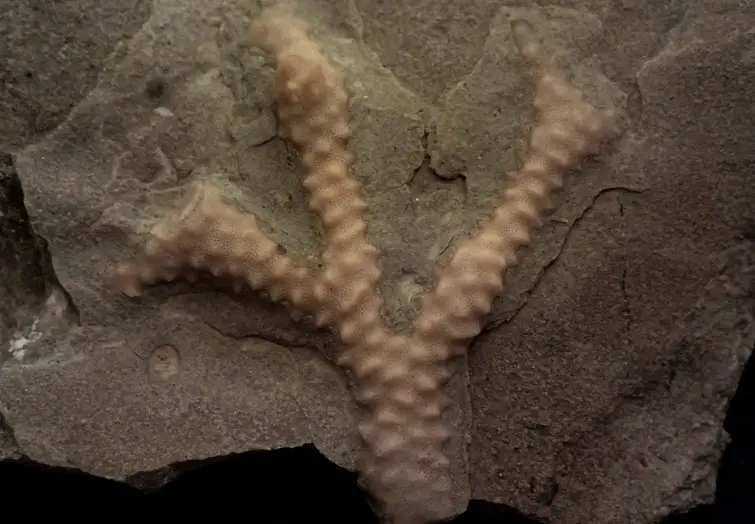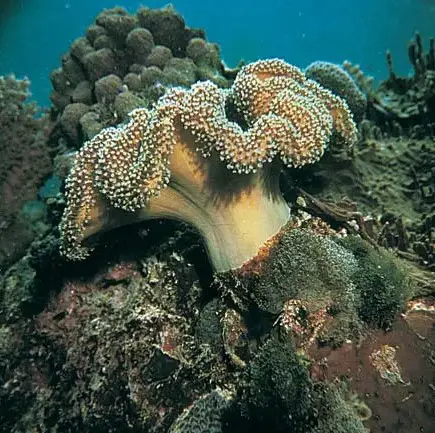What is the difference between bryozoans and corals? Many people are unaware of the differences between these two marine creatures and often confuse one for the other.
We will examine their structure, habitat, and other characteristics to uncover the major distinctions between bryozoans and corals.
Overview of bryozoans

Bryozoans, also known as moss animals, are a type of aquatic invertebrate that can be found in both shallow and deep water. While they may look similar to corals, they are actually very different. Bryozoans are filter feeders that attach to rocks, shells, and other hard surfaces, while corals are sessile cnidarians that attach to the seafloor.
Bryozoans are filter feeders that attach to rocks, shells, and other hard surfaces, while corals are sessile cnidarians that attach to the seafloor. Furthermore, bryozoans are made up of individual zooids that grow in colonies, while corals are formed from a single polyp. In addition, bryozoans come in a variety of shapes and colors, while corals are typically bright and colorful.
Finally, bryozoans are found in a range of marine environments, while corals are restricted to coral reefs and shallow tropical waters.
Overview of corals

Corals and bryozoans are two of the most fascinating creatures in the ocean. While both have distinct characteristics, there are also some similarities between the two.
Both live in the ocean, but corals are typically found near the surface, while bryozoans typically live at greater depths. Corals come in a variety of shapes, sizes, and colors, while bryozoans are typically small and white in color.
Corals also have a hard, protective skeleton, while bryozoans have a soft body. Furthermore, corals feed on plankton and other tiny organisms, whereas bryozoans filter food particles from the water.
In terms of reproduction, corals have both asexual and sexual reproduction, while bryozoans only reproduce asexually. While both are essential components of the ocean’s ecosystem, there is no doubt that corals and bryozoans are two very different animals.
Physical characteristics of bryozoans vs. corals
When it comes to the physical characteristics of bryozoans and corals, there are some distinct differences. Bryozoans are small, soft-bodied, aquatic animals that form colonies, while corals are invertebrates that form hard, calcium carbonate skeletons.
Corals also tend to be much larger than bryozoans, with some species reaching up to 10 feet in diameter. Additionally, corals have a unique pattern of polyps on their surface, whereas bryozoans lack any such visible pattern.
Therefore, while bryozoans and corals may look similar, the differences in their physical characteristics make them distinct from one another.
Differences in feeding habits
Bryozoans and corals are both marine invertebrates, but their feeding habits are quite different. Bryozoans feed by filtering particles from the water column, while corals use their tentacles to capture small prey and absorb nutrients from the water. Bryozoans are generally found in shallow, sheltered waters, while corals can inhabit deeper, more exposed areas.
Bryozoans are generally found in shallow, sheltered waters, while corals can inhabit deeper, more exposed areas. Corals also require sunlight to survive, while bryozoans do not. The differences in their feeding habits and habitats mean that while both species are important components of marine ecosystems, they play different roles in the food web.
Differences in reproduction strategies
When it comes to reproduction strategies, many people think of bryozoans and corals as similar, but they are actually quite different. Bryozoans are tiny colonial invertebrates that reproduce asexually, while corals are polyps that reproduce both sexually and asexually. Bryozoans can clone themselves, meaning one small group of bryozoans can reproduce and create an entire colony.
Corals, on the other hand, need a partner to reproduce sexually and create a new individual. Asexual reproduction in corals is limited to fragmentation, where a piece of coral breaks off and starts a new colony.
So, while bryozoans and corals may look similar, their reproductive strategies are vastly different.
Conclusion
In conclusion, there are several key differences between bryozoans and corals. Bryozoans are a class of aquatic invertebrates that form colonies consisting of small, individual animals that are connected to each other. Corals are animals that form hard skeletons made of calcium carbonate and are found in warm, shallow, marine habitats.
Bryozoans are usually found in colder waters and do not form hard exoskeletons. Additionally, corals are more complex animals than bryozoans, and are capable of forming reefs.
Both bryozoans and corals are important members of aquatic ecosystems, and each plays an important role in providing food and shelter for a variety of other species.
